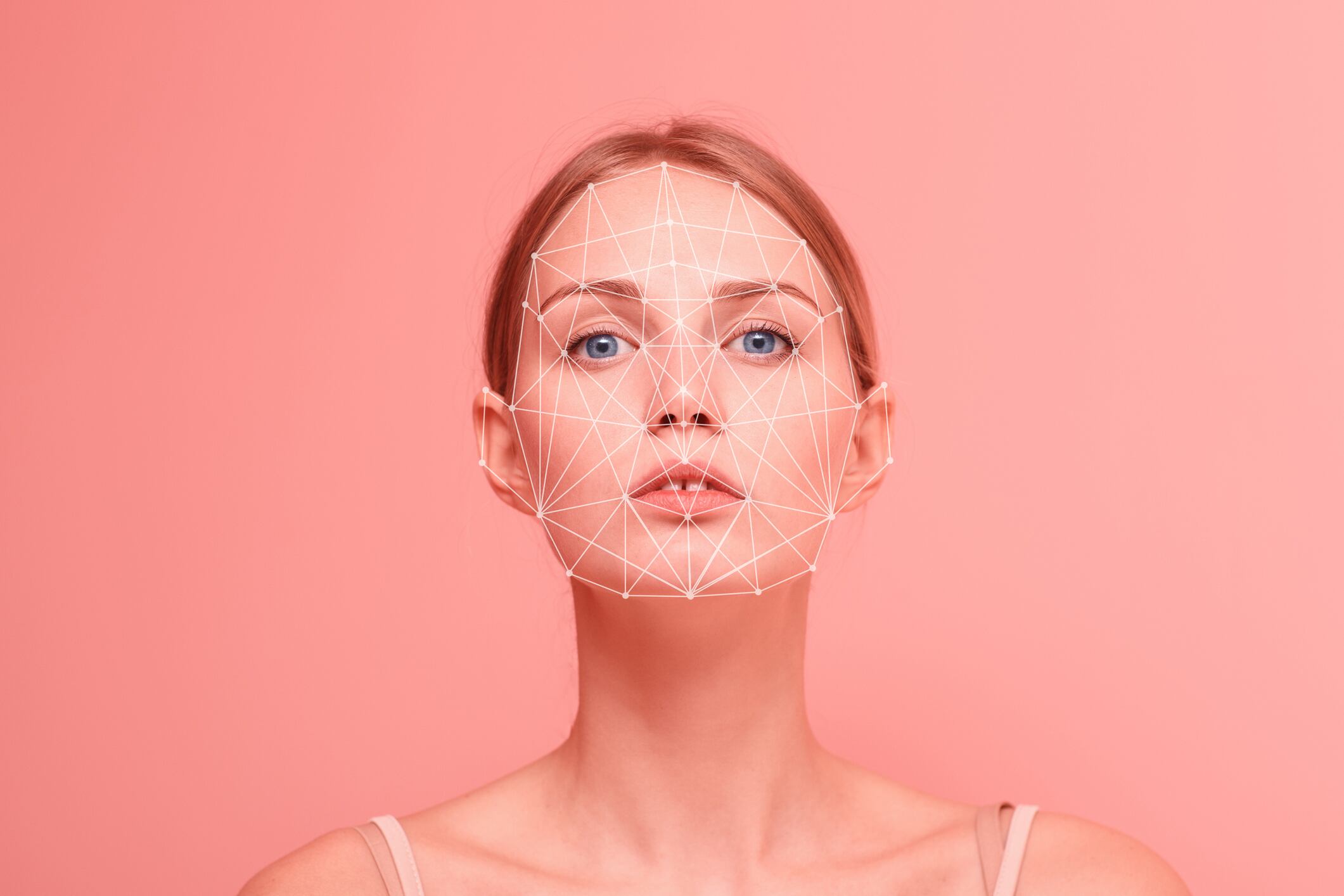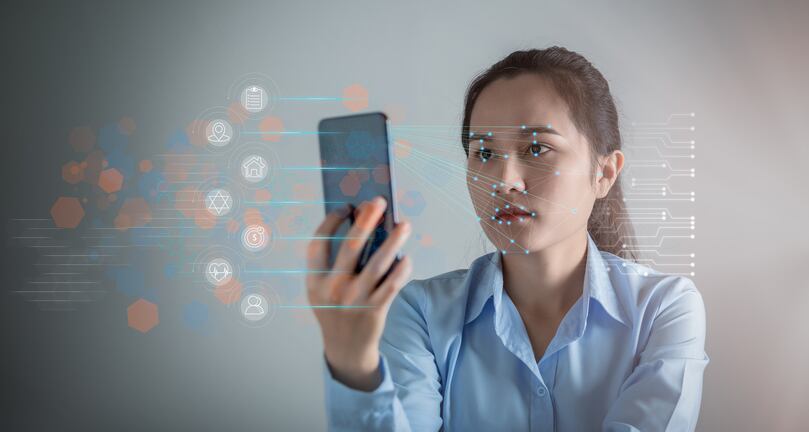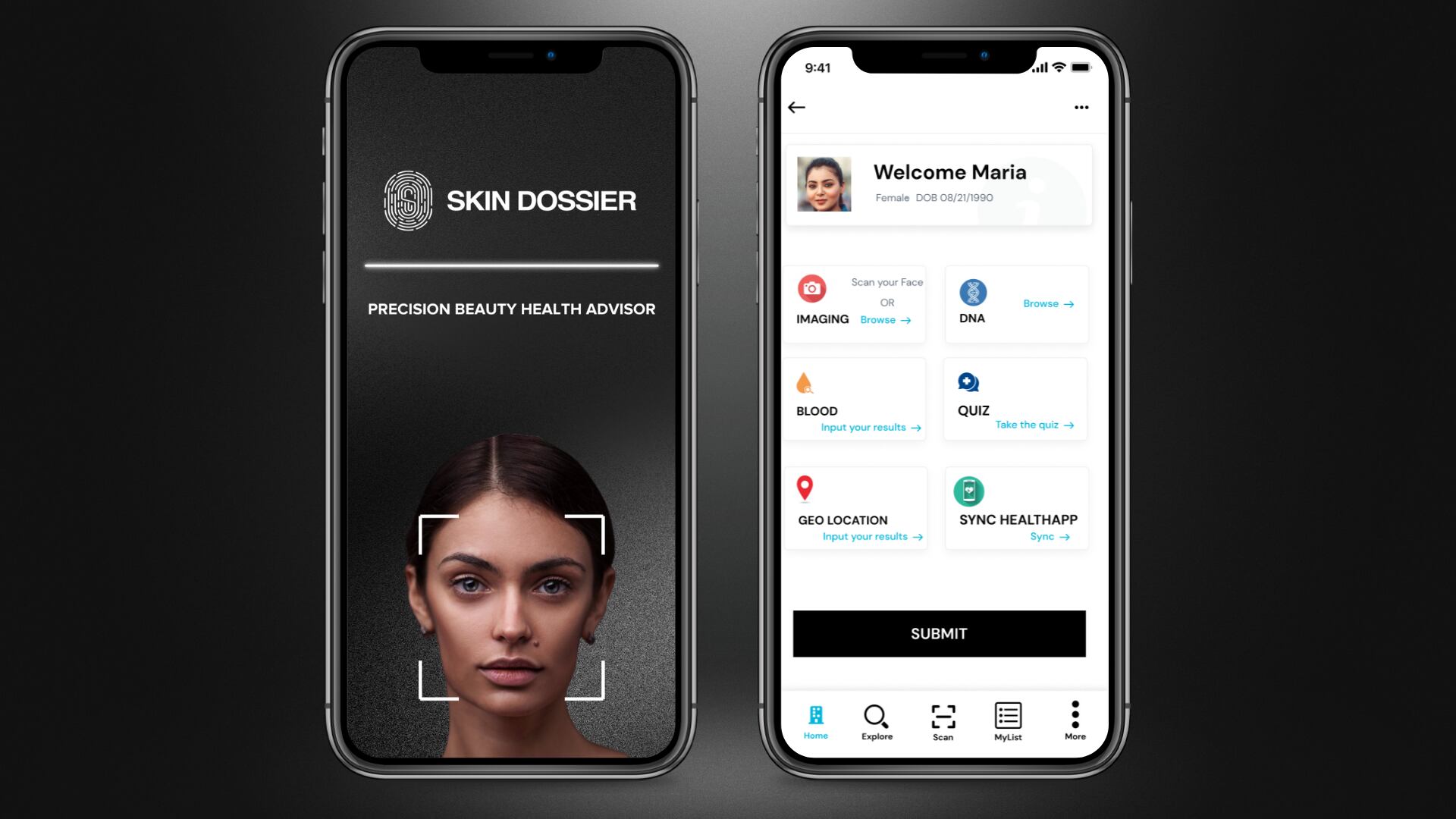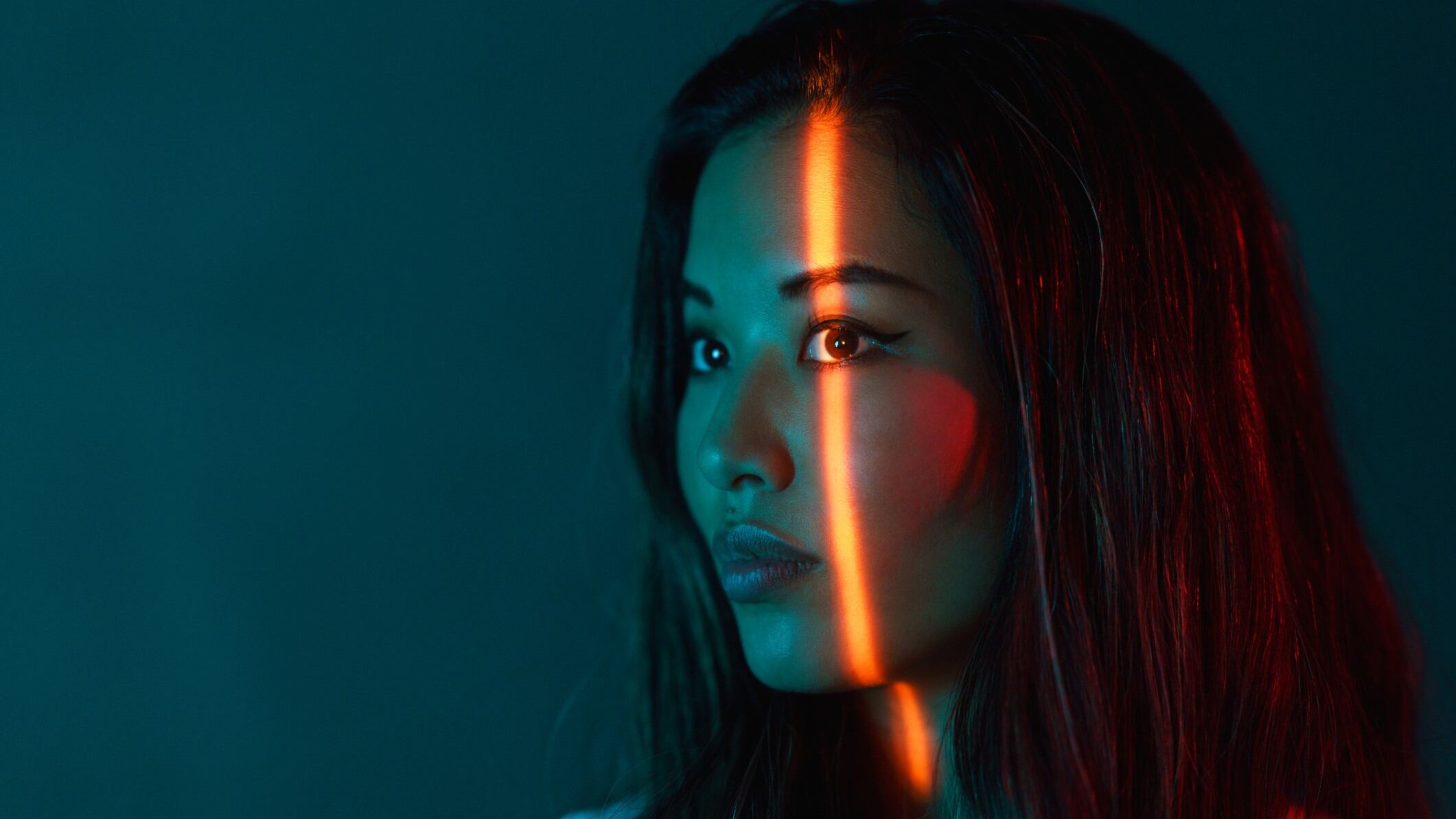Augmented Reality (AR) and Artificial Intelligence (AI) technological advancements continue to shape the landscape of cosmetic and personal beauty care manufacturing, but it can be difficult and sometimes confusing to navigate the plethora of available options and their impact on the decision-making process. As recently reported by data analysis and trend company NIQ, consumer spending in the Beauty and Personal Care sectors has continued to increase in Q1 2023.
To best leverage this increase in spend to better capitalize on consumer spend, brands will need to better understand potential AI and AR technology applications for maximum returns. CosmeticsDesign interviewed Kimberly Carney, CEO of B2B2C tech platform for beauty brands Glosswire for her insights on the impact of AI/AR tech advancements on beauty brands, the role of the lipstick index in tech trends, future trend predictions in this space, and more.
CDU: What are some of the most impactful ways in which brands can leverage recent technological advancements in AI/AR to capitalize on consumer demand for beauty and self-care products?
KC: With AI and AR technology, brands can show their consumers exactly what products would look like on them, before they purchase. Brands are leveraging AR virtual try-on solutions for makeup products and AI skin diagnostic technologies for skincare brands.
This all leads to greater shopping experiences, but it also increases consumer confidence. People aren’t buying a product and regretting it or returning it, because they already know what to expect and that they will like how the product looks on them or works with their skin, which results in better conversions and repeat customers.
CDU: What role does the lipstick index play in technological influencing of consumer purchasing decisions?
KC: Technology advancement has given consumers unlimited access to information, and they demand products when they want. Social media channels have given consumers a bigger voice and new ways to communicate with brands and share their opinions with peers.
In economic down times, scarcity sends consumers to that ‘must-have’ now mindset, which results in the Lipstick Index soaring. And, it is not just lipstick, as we are seeing terms like perfume index, skincare index, etc.
Since consumers are still investing in personal care products, brands need to ensure they are capitalizing on the opportunity to increase their customer base by utilizing all of the technologies now available to them.
CDU: How can technology improve brand penetration to influence consumer engagement with beauty and self-care brands?
KC: Technology has empowered brands to understand their consumer better. For example, AI/AR are helping brands reach their customers in new ways by using personalization for product updates, real-time updates, and new arrivals. This allows the consumers to be ‘in the know’, which is crucial in influencing their purchasing decisions.
For example, GlossWire has always been at the forefront of allowing the consumer to unlock and discover the best in beauty with interactive, engaging, and innovative experiences. By leveraging swipe technology to give the brands feedback on real-time consumer shopping behavior, we empower the consumer to be the influencer, which leads to greater conversion and profitability.
CDU: Are there any technological gaps or challenges that need to be filled or addressed to better address consumer demand for beauty and self care products? If so, what are those gaps or challenges and what solutions need to be developed to address them?
KC: I recently attended the Cosmoprof Bologna show and immersed myself in all the incredible beauty-tech technology. They had different AI/AR technologies that are all helping to democratize beauty and help the consumer find the best product catered to their preferences and unique needs.
The most critical gap is the need for innovative technology advancements in product transparency. Consumers care about authenticity with ingredients, sourcing practices and impact packaging.
CDU: What does the future hold for upcoming advancements in beauty and selfcare technology regarding consumer demand for products?
KC: Personalization and new immersive digital experiences across all categories will continue to be at the forefront of tech advancements. Currently, AI skin analysis with product recommendations is not only trending with consumers but giving the consumer that personalized skincare shopping experience by leveraging technology to give accurate skincare assessments.





